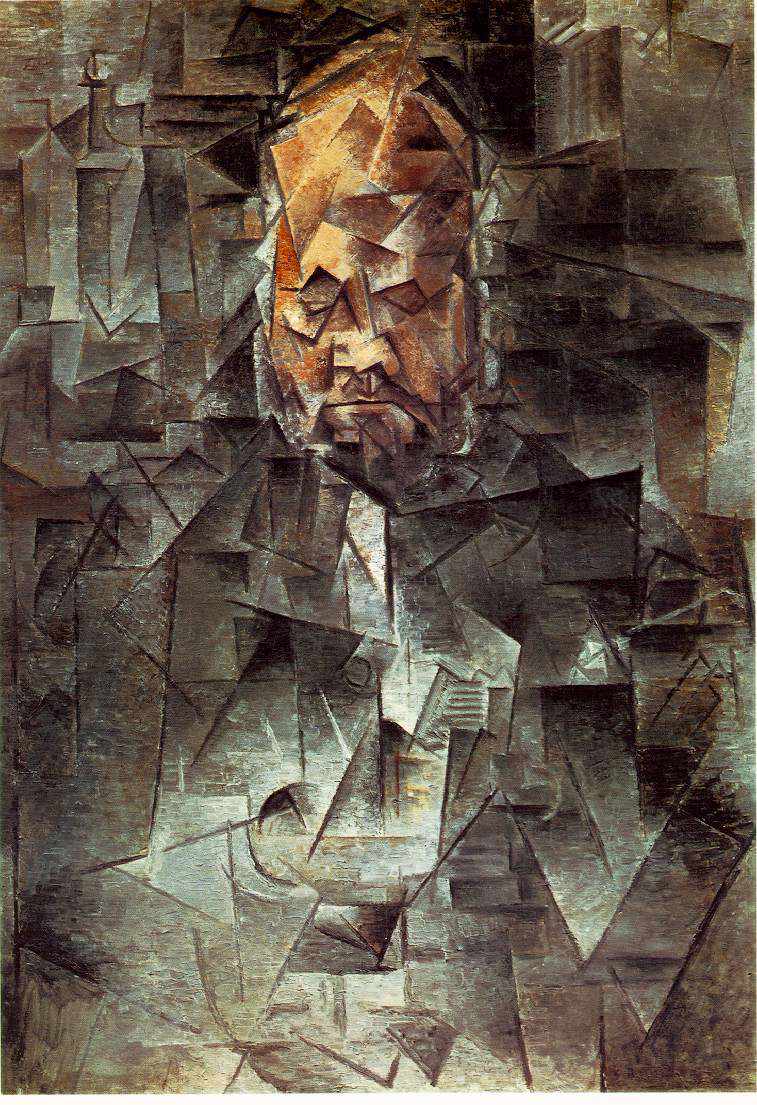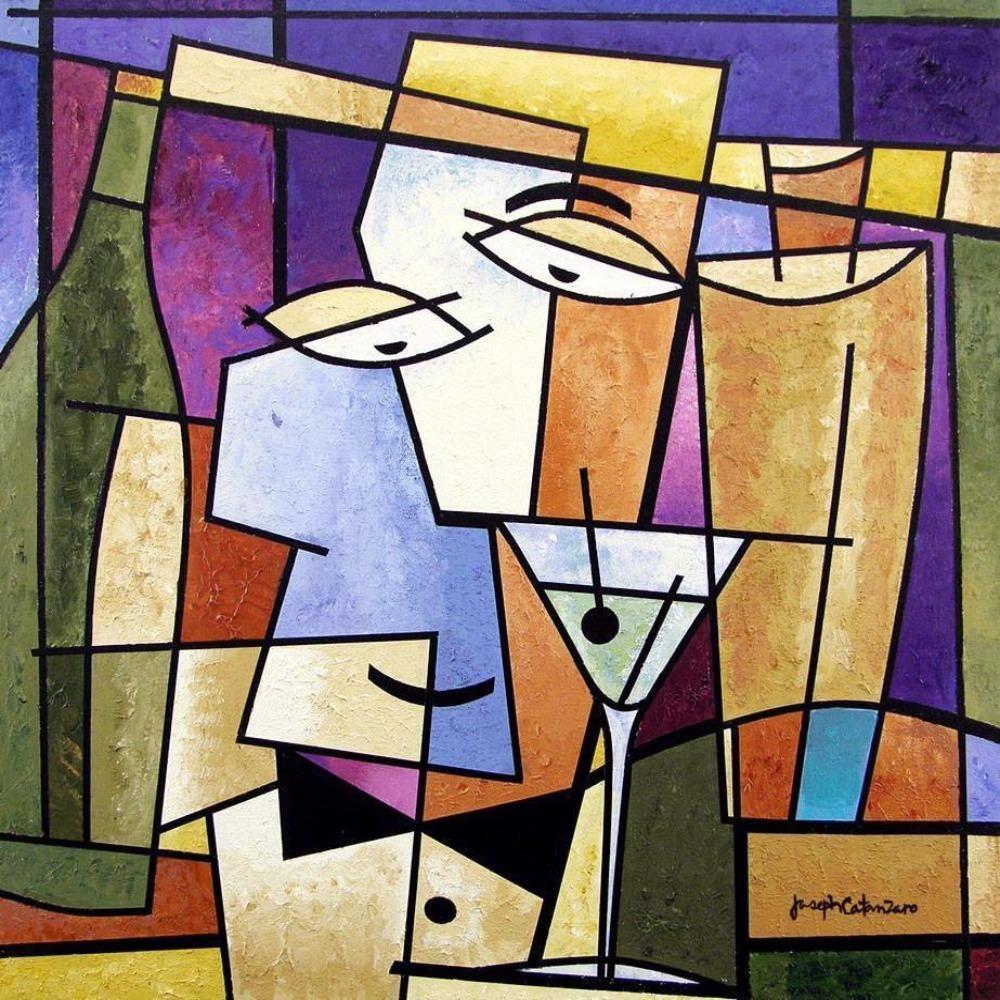

The start of World War I marked the decline in Cubism in Europe. Cubism became the dominating influence in the art world of New York until 1918. In 1913 the Midtown Armory in New York hosted an exhibit that drew large crowds. Aaron Douglas and Stuart Davis brought the style to America in 1912, although their interpretation was not as abstract as what was being done in Europe at the time. During 19 so many artists in Paris had turned to Cubism that it had temporarily became the universal language of avant-garde painting (Arnheim, 1984).Īrtists in China, Russia and South America caught on and began experimenting with different forms of Cubism. In the spring of 1911, the Paris salon Des Independence began collecting the works of local Cubist painters and held an exhibit featuring Jean Metzinger, Fernand Leger and Robert Delaunay. Juan Gris was one of the first to copy cubism and brought it beyond France to his native Spain and other countries. She later wrote, “it is the only reproduction of me which is always I, for me” (Schaffner, 1998). One critic viewed a Picasso painting of a violin and said he considered it an insult to the viewers’ intelligence to be expected to believe that a violin would look like that.ĭaniel-Henry Kahnweiler, a Paris art dealer and friend of Picasso and Braque who supported Cubism, distributed pamphlets advertising the “new look” of reality and art (Robinson, 1995).Īfter viewing a portrait done of her by Picasso, Gertrude Stein told him: “I don’t look like that”. Cubism gained the interest of critics who had mixed views. In this way Synthetic Cubism came back slightly to the conventional method of representing objects realistically and the shape of objects became easier to recognize. Other artists began using sand, rope and even mirrors to symbolize things. Picasso made the first collage using decorative paper and words and images clipped from newspaper and sheet music put on wood to create the image of a guitar. Synthetic Cubism is credited with creating the collage. In Synthetic Cubism size scales no longer mattered in Picassos painting The Three Musicians the hand of a man playing the guitar would be two inches while the guitar itself was two feet.īright, flashy color returned. Around 1912, Analytical Cubism reached a point where it threatened to go beyond the visual comprehension of the viewer.Īt this time Picasso and Braque took a different approach by replacing parts of the pictures of real things with abstract signs and symbols. “The aim of Analytical Cubism was to produce a conceptual image of an object, as opposed to an optical one” (Harden, 1999).


The outcome was to be of intellectual vision rather then spontaneous. The shapes painted were to be dissected, separately analyzed, and then reconstructed to form a new whole. Cézanne said, “Nature should be handled with the cylinder, spear and cone” (Miki, 1976). Braque wrote that “senses deform and the spirit forms”.Īnalytical Cubism restricted the use of color to simple and dull hues so the emphasis would lie more on the structure. Body parts and objects within the picture were broken down into geometric shapes that were barley recognizable as the original image. Cubism was divided into two categories.Īnalytical Cubism, beginning in 1907, visually laid out what the artist thought was important about the subject rather then just mimicking it. They referred to each other as Orville and Wilbur, knowing that their contributions to art were every bit as revolutionary as the first flight (Hoving, 1999). Picasso and Braque pioneered the movement and worked so closely together that they had difficulty telling their own work apart. “Cubism abandoned traditional notions of perception, foreshadowing and modeling and aimed to represent solidarity and volume in a three-dimensional plane without converting the two-dimensional canvas illusionalistically into a three-dimensional picture space” (Chivers, 1998).

The result was intended to show the object in a more complete and realistic view than traditional art, to convey a feeling of being able to move around within the painting. Picasso, together with Braque, presented a new style of painting that showed the subject from several different angles simultaneously. The name originating from the critic Louis Vauxcelles, who after reviewing French artist and fellow Cubist Georges Braque exhibition wrote of “Bizzeries Cubiques”, and that objects “had been reduced to cubes (Arnheim, 1984).Ĭubism changed the way art was represented and viewed. This new image grew to be known as “cubism”.


 0 kommentar(er)
0 kommentar(er)
